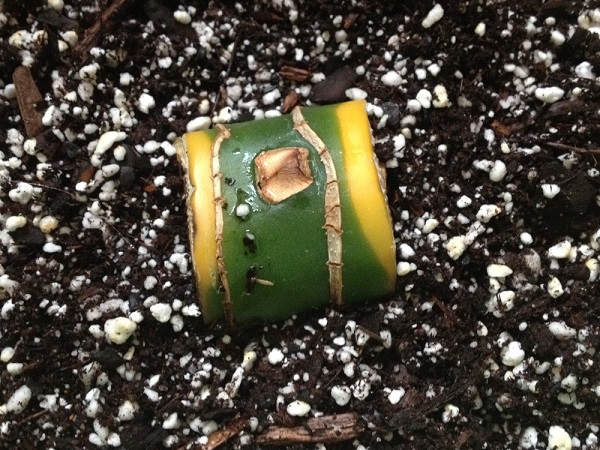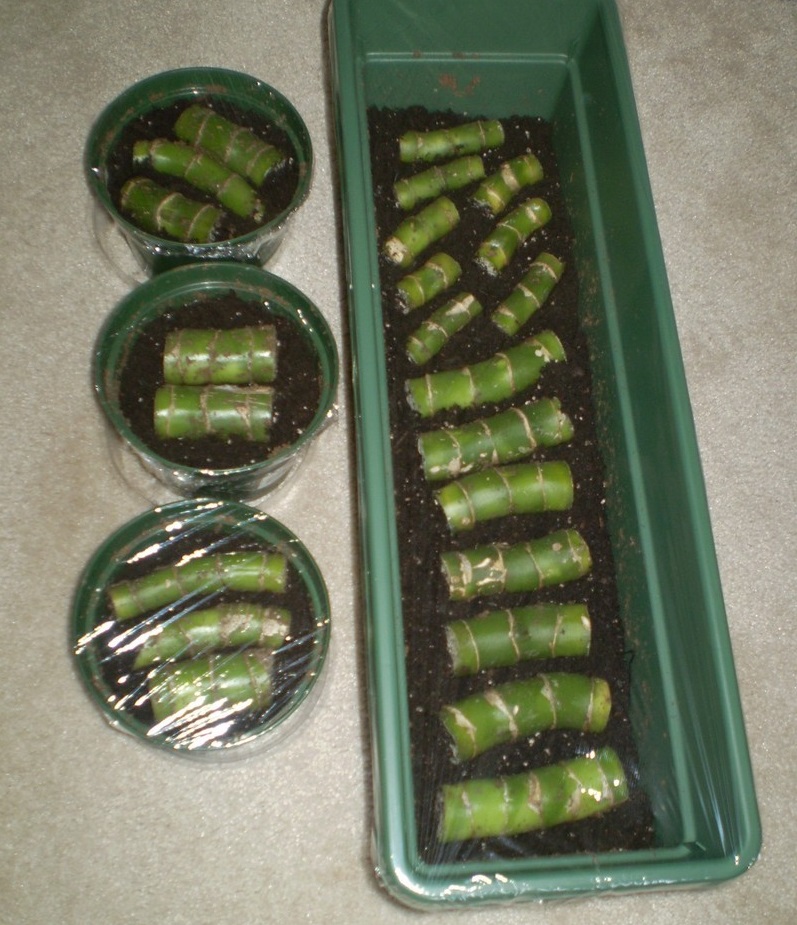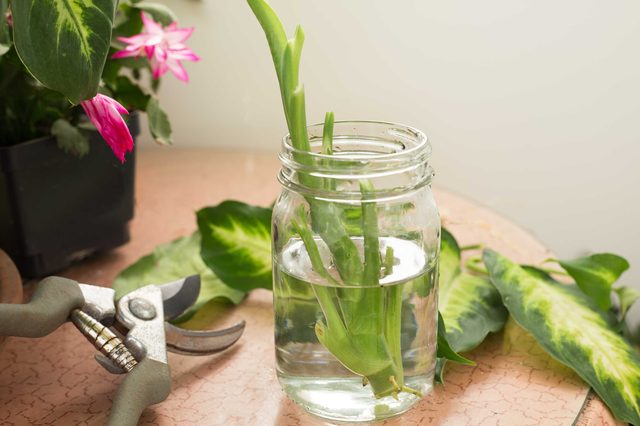Need:
Light: Indirect light is the best light, dark leaf races are resistant to shadows, while they are dark, the herbaceous plant is too long.
Temperatures: Preferring a degree of 13-18 degrees, it resists for a little at 10 degrees, but low leaves may drop, if temperatures are above 24 degrees, a lot of dusting and irrigation are recommended.
Irrigation: Irrigation with light water is recommended without irrigation, drying is necessary between two irrigation.
Moisture: Making the island underneath the pot is the best offer for the moisture content of this flower.
Nutrition: Repeat every two months with artificial fertilizer for ornamental plants according to the order of the plant.
Suitable soil: leaf soil, a mixture of compost and floristry.
Changing the pot: Each year, in the spring, change the pot with 2 larger sizes.
Cleaning the leaves: Clean the leaves with a sponge or damp cloth every month, be careful not to scratch the leaves.
Duplicate: rooting 5 cm cuttings and having at least one bud, dry these cuttings for one to two days and place them horizontally in the sand, the root and the foliage begin to grow from the nodes. Picking up the legs in the varieties that produce legs in all seasons
Chip out


Cuttings of stems

Complications and treatment:
The leaves are tiny and stem-long: light is not enough, move the plant to a lighter place with indirect light.
The leaves are yellow and the spider blade is below them: the agent of the tick is red, every two weeks spray the herb with the toxin, so that the symptoms disappear.
The leaves are dried and fall: the air is very hot and dry, see the moisture of the soil, and if necessary, irrigate, do not forget dust, transfer the plant to a cooler place.
Spotted spots on the leaves: In the sunshine, you need to dusts, although the plant needs dust, but the best time is morning and evening in the shade.
Some leaves and stems are crushed: the factor is the Boletto Tis fungus, which is itself caused by the cold and humid air, lower the dust, keep the plant at temperature 16, and spray it with fungicide poison as directed.
The leaves are pale and have a tendency to whiteness: either light is high or need to be fed, visit the conditions and fix the defect.
Cotton white wounds are seen on the leaves and their base: the insect is a fall of the agent, spray the herbs every 14 days with the intestinal insecticide poison as directed.
Yellow-yellow leaves and brown spots on their margins are: excessive irrigation, let the potted soil surface dry at intervals between two irrigation, then do it with less irrigation.
The lower leaves intersect and dry: it is quite natural, with the age of the plant shed the lower leaves, it is better to transfer the plant to a cooler place.
The leaves are pale and fall: the air is very cold, transfer the plant to a warmer place.
Cleansing Leaves: The English name of this plant, which means the lully stick, because it is toxic and contact with sensitive parts of the body, such as lips, produces blister and stomach, so wear gloves or wash hands when working with this. The plant is required to clean the leaves with the left hand of the leaf and clean the leaves thoroughly with a sponge or damp cloth with the right hand every three weeks. The Persian name of Samberg and the English word Lali's cane are sensitive to the toxicity of plant sap and severe irritation of the organs, but luckily, so far no particular case has been reported, wearing gloves when working with this plant is essential.
